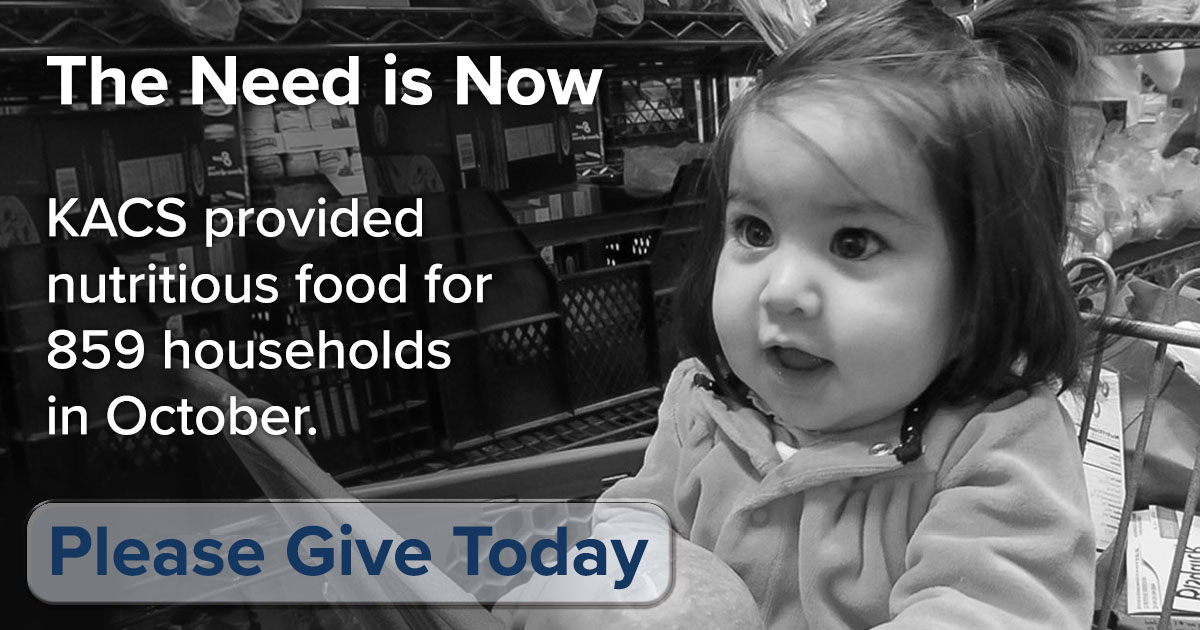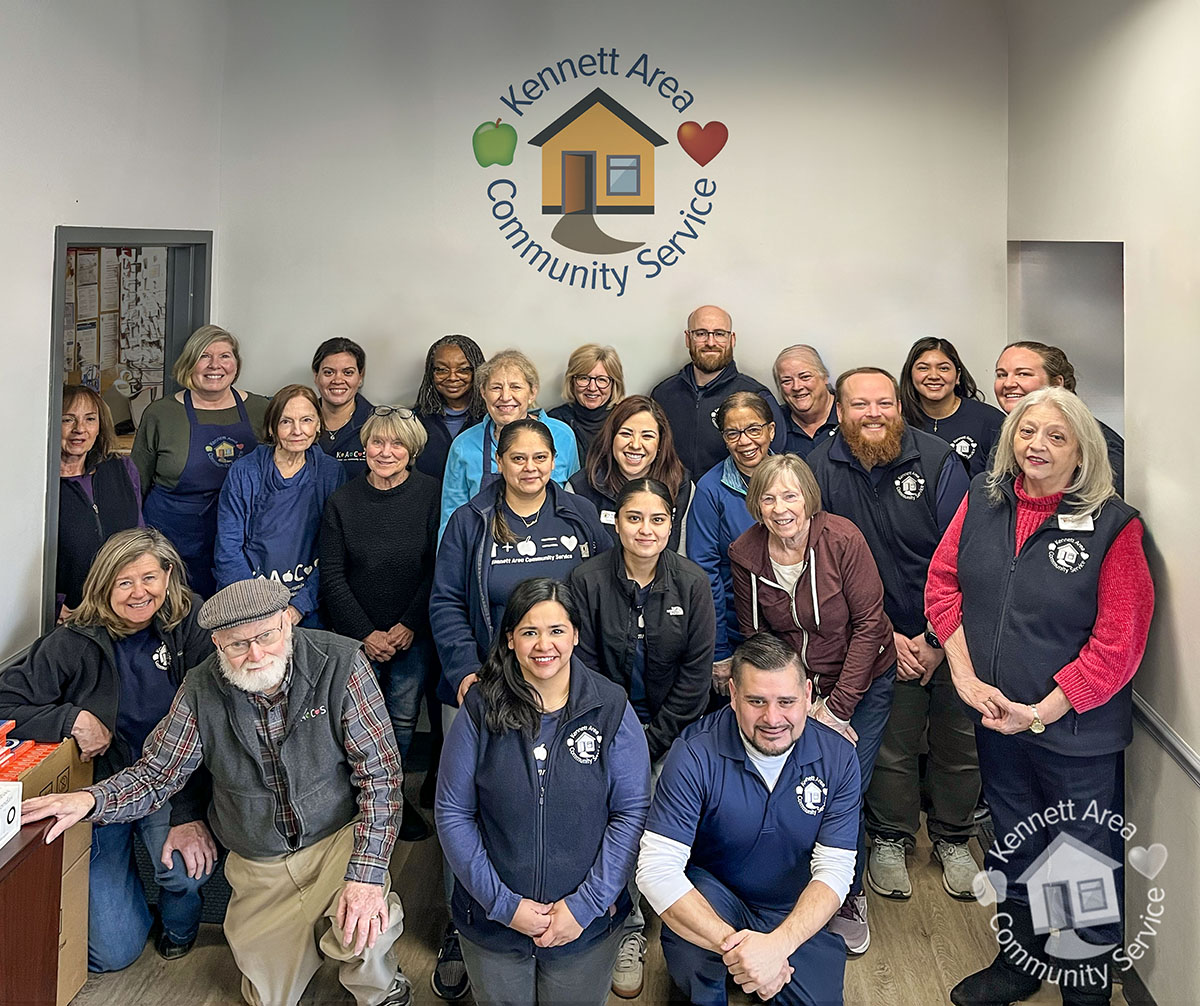According to Feeding America, 72% of the households served by its affiliated food banks live at or below 100% of the federal poverty line and have a median annual household income of $9,175. In short, they don’t have enough money to consistently put food on the table.
The growth of the emergency food system, however, has failed to solve “hunger.” Despite a spike during the Great Recession and during the pandemic, the prevalence of food insecurity has remained relatively constant over the past 28 years. In 2021, over 10% of households were food insecure, which is only slightly below the 11.9% rate that was recorded in 1995, the year the federal government started keeping statistics.
Hunger exists because of choices we, as a country, have collectively made. Remedying the problem will require an extraordinary commitment to our disadvantaged citizens. Please keep bringing donations of non-perishables to our food cupboard because our neighbors need help today.
As a community, we need to think bigger, ask difficult questions, and confront the larger issues of poverty and inequality if we ever hope to end hunger once and for all.





